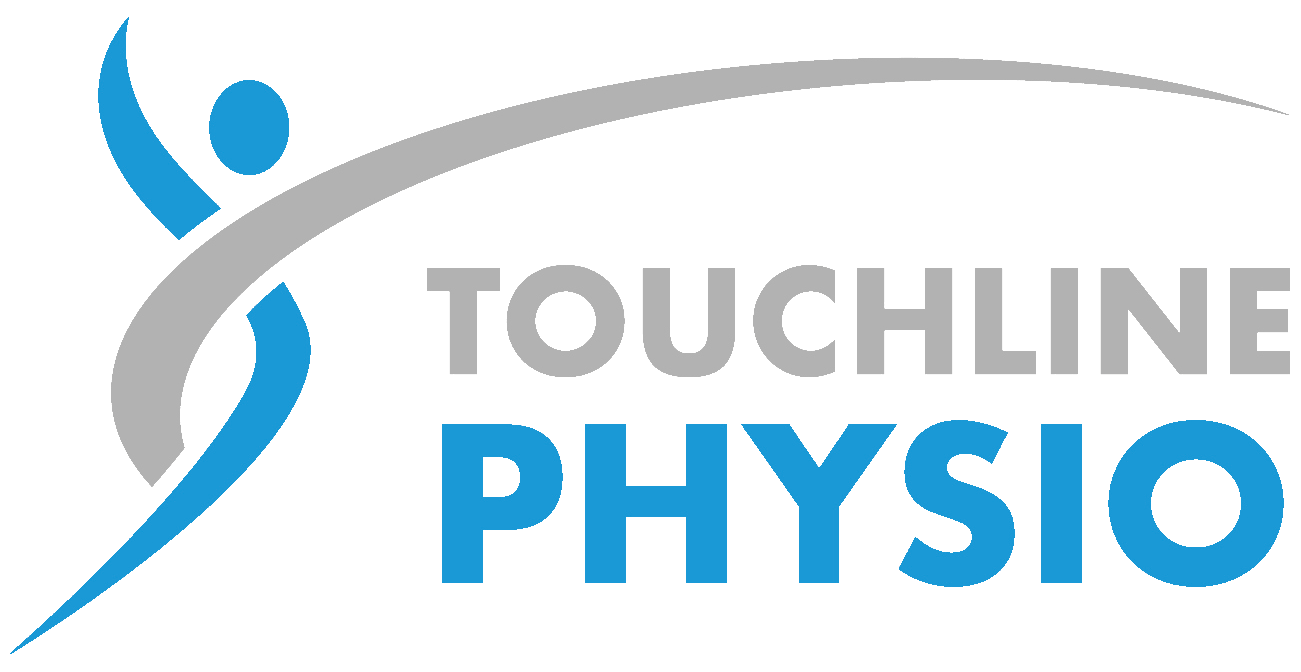ACL Injuries, a closer look.
Non-Surgical Approaches to ACL Injuries
An anterior cruciate ligament (ACL) tear is a common knee injury usually sustained during sport or a road traffic incident. Many ACL injuries lead to surgery with pre and post-physiotherapy being necessary to strengthen the knee and regain full movement. However, in recent years, much research has been done into the non-surgical, conservative management of ACL tears.
In many of the Western countries surgical management rates are extremely high. However, in Scandinavia, all patients must go through non-surgical orthopaedic specialists, many of which after this review, will prescribe a substantial number of physiotherapy sessions – with both hands-on therapy and rehab, which has lead to fewer surgeries.
ACL – What is it?
The main function of the ACL is to stabilise the knee, especially during rotation, sidestepping, and pivoting movements. It also provides significant feedback information to the muscles surrounding the knee to help control balance (proprioception), thereby allowing co-ordinated activities.
An ACL tear is a anterior cruciate ligament injury, usually involving some trauma to the knee, coming from a pivot or twisting injury. For example, football, skiing and horse-riding injuries can cause ACL tears. The cruciate ligament runs from the front of the tibia bone to the back of the femur bone. When this is damaged, the knee becomes unstable and patients will often experience episodes of giving way, with pain and swelling around the knee. An ACL tear can be in levels- grade 1, 2 or 3 (full rupture).
Conservative Management:
Conservative methods include physiotherapy and may also use bracing.
Physiotherapy initially aims to reduce swelling and increase / maintain range of movement and walking pattern. Once this has been completed the focus will move to muscle strength, endurance, and proprioception within the surrounding muscles. The main regions worked on are; knee, hip, gluteal, lower back and pelvic strength, whilst also looking into balance and co-ordination. Hamstrings are a targeted area due to this muscle having a similar role to that of the ACL. Gradual return to daily activities and graded progression to sport and competition must be planned to include sport specific training prior to returning to training.
Sometimes bracing of the knee is also required to stabilise the knee, using a purpose made ACL brace. This brace may be needed from the day of the injury and will be worn all the way through rehab. These braces may also have a feature that can limit ROM, adapted by your physiotherapist / Consultant as appropriate. Once fully out of this brace as per Consultant guidelines, K-tape, zinc oxide tape or specific knee straps may be worn once into the return to sport period and then through to when back playing games/matches.
Surgical Management:
The surgery provided will be an ACL reconstruction- which involves replacing the ligament with a new “graft”, usually from the hamstring tendon within the same leg. This “graft” is placed across the knee and secured to the femur and tibia by screws, thus stabilising the knee.
Rehabilitation is key post-surgery, and it is a long rehab programme for approximately 9 – 12 months duration. It will follow the same rehab programme as that in conservative management will look at.
Conclusion:
ACL tears are a common injury sustained with a twisting/pivot action. They must be managed and maintained by a Consultant and a physiotherapist. Conservative management or ACL reconstruction are the two main techniques in recovery and determining which one is suitable for you is key to a successful outcome.

